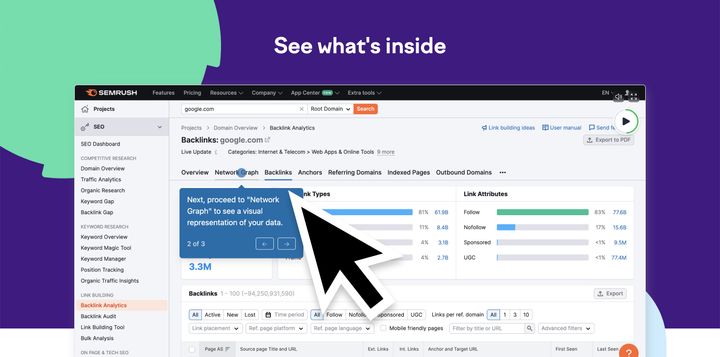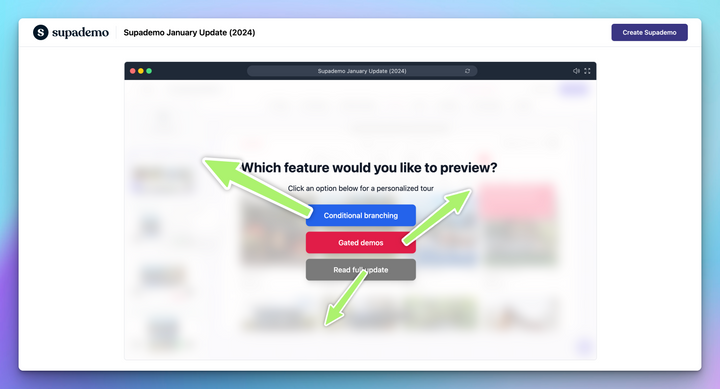A sales playbook is an essential tool for maximizing the productivity and success of your sales team. It provides a comprehensive guide for your sales representatives, equipping them with the necessary information, strategies, and resources to engage with potential customers and close deals effectively. In this article, we will discuss the key components and best practices for creating a successful sales playbook that aligns with your company's goals and values.
1. Introduction to the Sales Playbook
Before diving into the specific components of a sales playbook, it is important to understand its purpose and benefits. A sales playbook serves as a strategic resource that streamlines the sales process, enhances new hire training, and ensures consistency in sales messaging and techniques. By providing a clear framework and guidelines, it enables sales representatives to work more efficiently, increasing overall productivity and revenue growth.
2. Company Overview
A strong foundation of company knowledge is crucial for sales representatives to effectively promote your products or services. The company overview section of the sales playbook should provide a clear and concise summary of your organization, including its history, industry position, mission, and values. This information helps sales representatives align their efforts with the company's vision and understand their role within the organization.
Additionally, include an organizational chart that outlines the various roles and responsibilities within the sales team. This establishes a clear reporting structure and ensures that sales representatives know who to turn to for guidance and support.
3. Product and Service Descriptions
In order to effectively sell your products or services, your sales team needs a deep understanding of their features, benefits, and unique selling points. Include a comprehensive breakdown of each product or service, highlighting its functionality, value proposition, and pricing. This information equips sales representatives with the knowledge they need to confidently communicate the benefits of your offerings to potential customers.
Consider providing additional resources such as product documentation or guides, but be mindful of keeping this section concise and easily digestible. Sales representatives should have quick access to essential information without being overwhelmed by excessive detail.
4. Buyer Personas
Understanding your target audience is essential for successful sales efforts. Develop detailed buyer personas that capture the demographics, pain points, and motivations of your potential customers. By segmenting your audience based on factors such as B2B or B2C, you can tailor your sales approach to address their specific needs and preferences.
Include information on the common challenges your target audience faces and how your products or services can solve those issues. This empowers sales representatives to effectively address customer pain points and position your offerings as valuable solutions.
5. Sales Methodology and Process
A well-defined sales methodology acts as a guiding framework for your sales team, ensuring consistency and effectiveness throughout the sales process. Clearly articulate your chosen methodology and explain the reasoning behind its selection. This helps sales representatives understand the underlying philosophy and approach to selling within your organization.
Break down the sales process into distinct stages, providing detailed guidance on lead prospecting, qualification, closing, and post-sales follow-up. Include specific strategies, techniques, and best practices for each stage, empowering sales representatives to navigate the sales cycle with confidence and efficiency.
6. Resources and Sales Enablement Materials
Equipping your sales team with the necessary resources and sales enablement materials is crucial for their success. Create a library of pre-made content, including voicemail scripts, email templates, social media content, and any other relevant marketing and sales collateral. This empowers sales representatives to access ready-to-use materials that support their sales efforts and provide additional guidance when needed.
Ensure that the resources provided are up-to-date, easily accessible, and aligned with your company's branding and messaging. Regularly review and update these materials to reflect any changes in your products, target audience, or market trends.
7. Key Performance Indicators (KPIs) and Goals
Establishing clear goals and key performance indicators (KPIs) helps motivate your sales team and provides a benchmark for success. Identify the most relevant metrics for your organization, such as average profit margin, monthly sales growth, average cost per lead, and conversion rates. Communicate these goals effectively and regularly measure performance against them.
Include information on how often performance will be measured and the potential consequences for not meeting set goals. This instills a sense of accountability and drives sales representatives to consistently strive for excellence.
8. Commission Structure
The commission structure is a critical component of any sales playbook, as it directly impacts the motivation and performance of your sales team. Clearly outline the rules and guidelines for how commissions are calculated and awarded. Include details on the base salary, commission rates, and any additional bonuses or incentives.
To provide clarity and avoid confusion, provide examples that illustrate how bonuses are earned and how they are tied to specific sales achievements. This ensures that sales representatives have a clear understanding of their earning potential and are motivated to exceed their quotas.
9. Best Practices for Sales Messaging
Effective sales messaging plays a key role in engaging potential customers and conveying the value of your offerings. Develop a sales messaging playbook that outlines your company's purpose, vision, mission, values, problem statement, and value proposition. This messaging playbook helps align your sales team's communication with your overall branding and messaging strategy.
Include an elevator pitch, boilerplate, key messages, and guidelines for tone of voice and style. These elements ensure consistent and impactful messaging across all sales interactions, from initial prospecting to post-sales follow-up.
10. Sales Playbook Structure and Format
When creating your sales playbook, consider its structure and format to ensure it is easily navigable and user-friendly. Use headings, subheadings, tables, and bullet points to organize information and improve readability. Incorporate relevant images, links, and blockquotes to enhance the visual appeal and engagement of the playbook.
Strive for clarity and conciseness, avoiding excessive length and unnecessary repetition. A well-structured and visually appealing sales playbook increases the likelihood of sales representatives engaging with and utilizing the provided resources effectively.
11. Evaluating and Improving the Sales Playbook
Regularly assess the effectiveness of your sales playbook by analyzing usage data, gathering feedback from sales representatives, and monitoring sales performance. Identify which sections and resources are most frequently utilized and evaluate their impact on sales outcomes. Incorporate feedback from sales representatives and customers to continuously improve and refine the playbook.
Be open to making necessary adjustments and updates to ensure that the sales playbook remains relevant and aligned with the evolving needs of your sales team and target audience.
12. Integrating Sales Playbook with CRM
To maximize the benefits of your sales playbook, consider integrating it with a powerful Customer Relationship Management (CRM) system. A CRM system, such as Zendesk Sell, helps streamline sales processes, enhance communication, and improve sales pipeline visibility. It enables sales representatives to track and manage customer interactions, automate tasks, and analyze sales performance.
By integrating your sales playbook with a CRM system, you can ensure that your sales team has access to real-time customer data, enabling personalized and informed sales interactions. This integration enhances the effectiveness of your sales playbook and contributes to overall sales success.
In conclusion, a well-crafted sales playbook is a valuable asset for any sales organization. By incorporating the essential components outlined in this guide and following best practices, you can create an effective sales playbook that empowers your sales team, enhances productivity, and drives revenue growth. Regularly evaluate and refine your sales playbook to adapt to changing market dynamics and ensure its continued relevance and impact.




